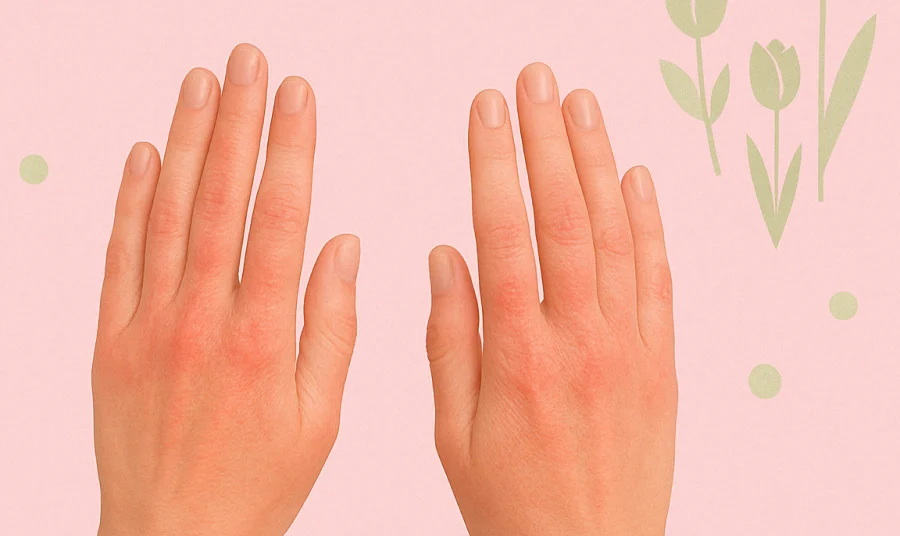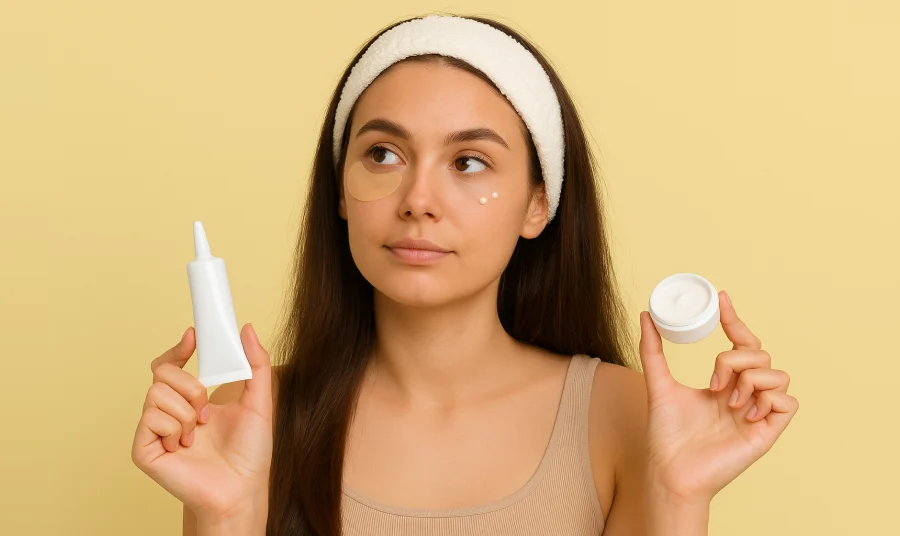You shouldn’t use acids in spring, right? Let’s unpack the most common myths about acid-based skincare.

Acid Skincare Myths: What’s True and What’s Not?
Acids are one of the easiest ways to achieve that glow-up effect: they gently resurface the skin, clear pores, reduce breakouts, and bring back radiance. But there’s still a lot of confusion, fear, and outdated advice surrounding them — which often makes people skip out on products that could genuinely transform their skin.
Let’s separate fact from fiction.
Myth 1: You can’t use acids in spring or summer
The truth: You can — but wisely.
Acids (especially AHAs like glycolic or mandelic) do increase your skin’s sensitivity to the sun. But that doesn’t mean you have to give up your favorite serum for half the year.
The key? Daily SPF — and enough of it. Apply sunscreen generously, reapply if needed, and avoid using acids in your morning routine if you’re spending time under direct sunlight.
Pro tip: If you’re worried, switch to gentler acids during the warmer months. Lactic acid and polyhydroxy acids (PHAs) are milder, less photosensitizing, yet still effective.
Myth 2: Acids thin the skin and damage the skin barrier
The truth: Only if overused or paired with poor aftercare.
The idea that acids “strip” the skin is overblown. They exfoliate only the dead surface cells and actually support healthy skin turnover. When combined with hydrating and barrier-repairing ingredients (like ceramides or squalane), acids can leave skin healthier and more resilient — with fewer breakouts.
Expert tip: Always follow acids with hydrating skincare, and avoid “active overload.” Don’t mix acids with retinol or vitamin C in the same routine.
Myth 3: Acids are only for oily or acne-prone skin
The truth: Acid care can benefit every skin type — it’s all about picking the right one.
Acids aren’t one-size-fits-all. You just need to choose what your skin actually needs.
Here’s a quick cheat sheet:
- Dry skin? Go for lactic acid — it gently exfoliates and hydrates.
- Sensitive skin? Try PHAs — they work slowly and softly.
- Oily or acne-prone? Salicylic acid (BHA) is your must-have.
- Rosacea or inflammation-prone? Azelaic acid is a calming, clarifying option.
- Mature or pigmented skin? Glycolic acid works well to even tone and boost glow.
Acids aren’t just for breakouts — they also tackle dullness, dehydration, pigmentation, and aging signs.
Myth 4: If your skin is peeling, the acid is working
The truth: Peeling is a red flag, not a sign of success.
Some believe that visible peeling means a product is effective. In reality, healthy skin renewal shouldn’t hurt. Flaking, burning, or redness means irritation — and a disrupted skin barrier.
If your skin stings, turns red, and starts peeling, that’s not a “good sign.” It’s a sign your product isn’t right or you’re overdoing it.
What to do: Stop using acids temporarily and focus on barrier repair. Once your skin is back to normal, you can reintroduce acids slowly, using low concentrations 1–3 times a week max.
Myth 5: Acids can’t be mixed with other actives
The truth: You can combine them — just not all at once.
Using AHAs or BHAs together with retinol or vitamin C in the same routine? Not ideal. It’s too much for your skin barrier. But that doesn’t mean you can’t use them on different days or at different times.
The easiest trick? Alternate days or use one in the morning, one at night.
For example:
- Morning: Cleanser → toner → vitamin C → moisturizer → SPF
- Evening: Cleanser → acid toner/serum → moisturizer
Be more cautious with retinol — avoid using it on the same day as acids. If you apply retinol nightly, you may want to skip acids altogether or space them out further.
Acids are your friends — when used smartly
Acids aren’t scary when you know what you’re doing.
Here’s the golden rule:
- Choose products based on your skin’s needs, not trends.
- Start with low concentrations and build up gradually.
- Never skip SPF and hydration.
Do it right, and your skin will thank you — with glow, smoothness, and an even tone.



Leave a Comment